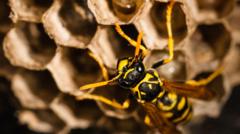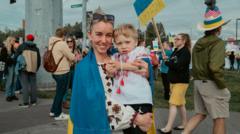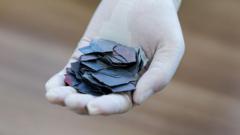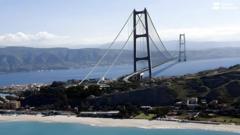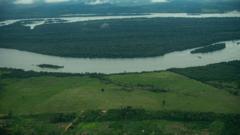Federal officials recently revealed the shocking discovery of a radioactive wasp nest at the Savannah River Site (SRS) in South Carolina, a facility historically known for producing components for US nuclear weapons. The radiation levels recorded were found to be ten times higher than the regulatory limit, as highlighted in a report released by the US Department of Energy.
According to the report, workers on routine inspection discovered the nest on July 3 and subsequently sprayed it to eliminate the wasps before packaging the nest as radiological waste. Thankfully, no live wasps were detected at the site during the inspection process. Investigators reassured the public that the source of contamination is not linked to any leaks from nuclear waste, indicating that both the environment and community remain unaffected.
However, environmental advocacy groups have expressed apprehension regarding the situation, criticizing the government's management of the incident. The report stated that the radioactive materials are believed to stem from "onsite legacy radioactive contamination," a remnant of the Cold War-era activities at the site when it was operational in manufacturing plutonium for nuclear weapons. Although the facility continues to be active, its current operations are directed towards supplying nuclear materials for power generation.
Interestingly, the report also emphasizes that any wasps residing in the nest would actually exhibit lower radiation levels compared to the nest itself. The site encompasses an expanse of 310 square miles, and the wasps are presumed to have remained within this boundary without flying beyond its limits. Inspectors confirmed no contamination had been identified in the surrounding area.
Savannah River Site Watch, a regulatory organization that supervises the facility, has raised multiple questions regarding the origins of the radioactive nest and whether there could be hidden leaks from nuclear waste tanks that necessitate public awareness. The spokesperson, Tom Clements, expressed frustration over the lack of transparency from SRS concerning the radioactive materials.
Historically, SRS has amassed over 165 million gallons (approximately 625 million liters) of liquid nuclear waste, with 43 underground tanks currently in active use, while eight have been officially closed.

